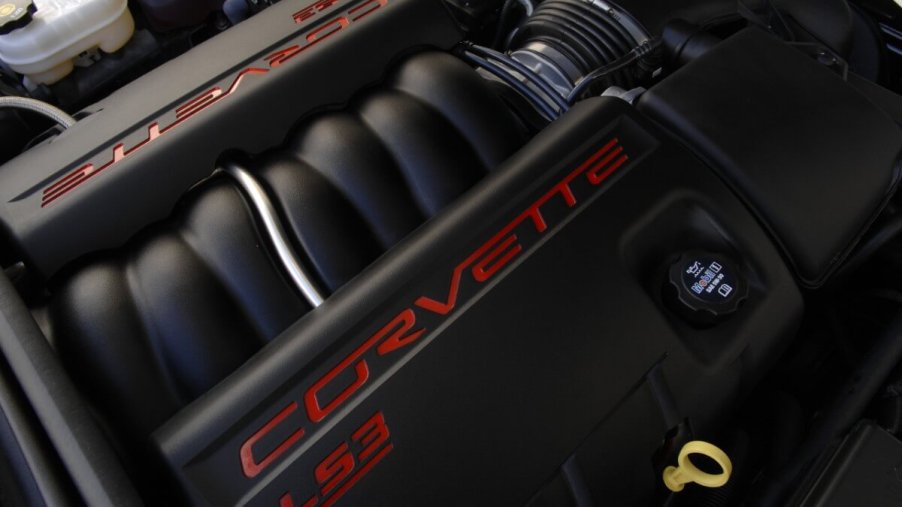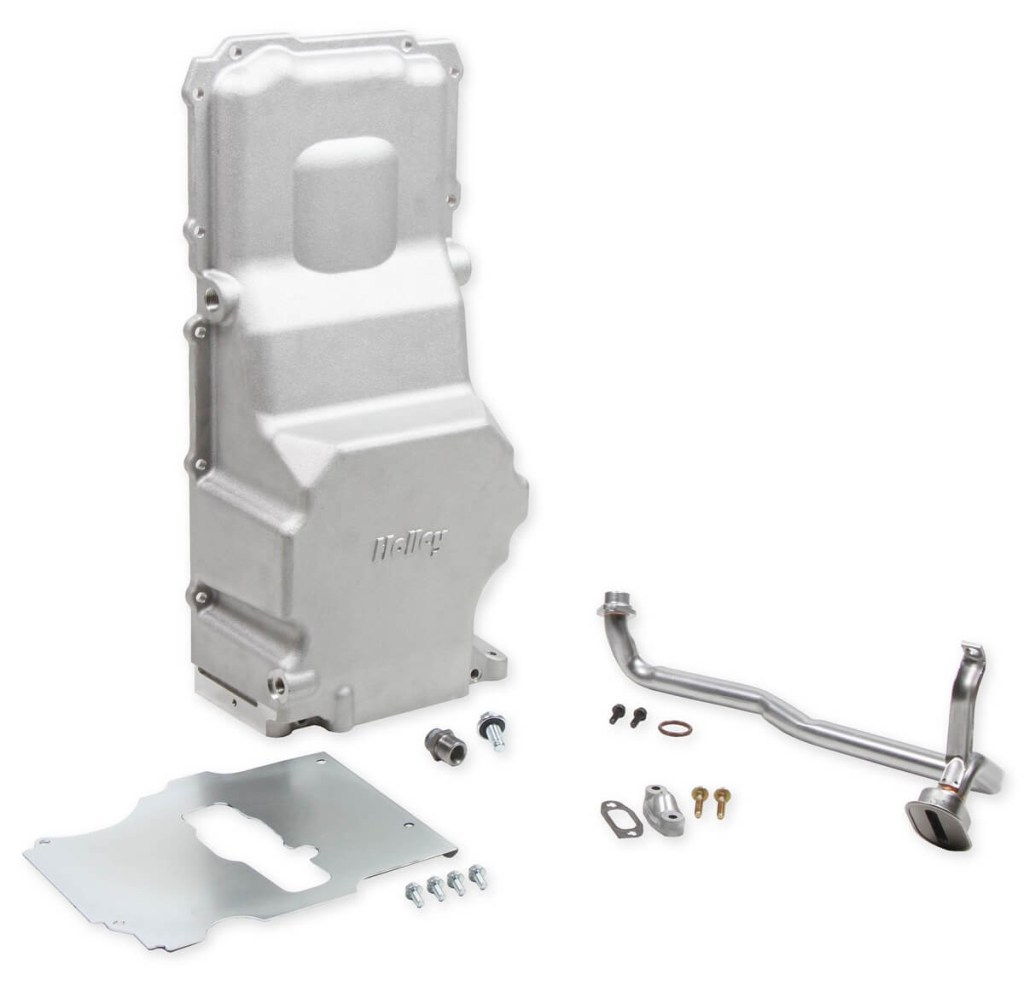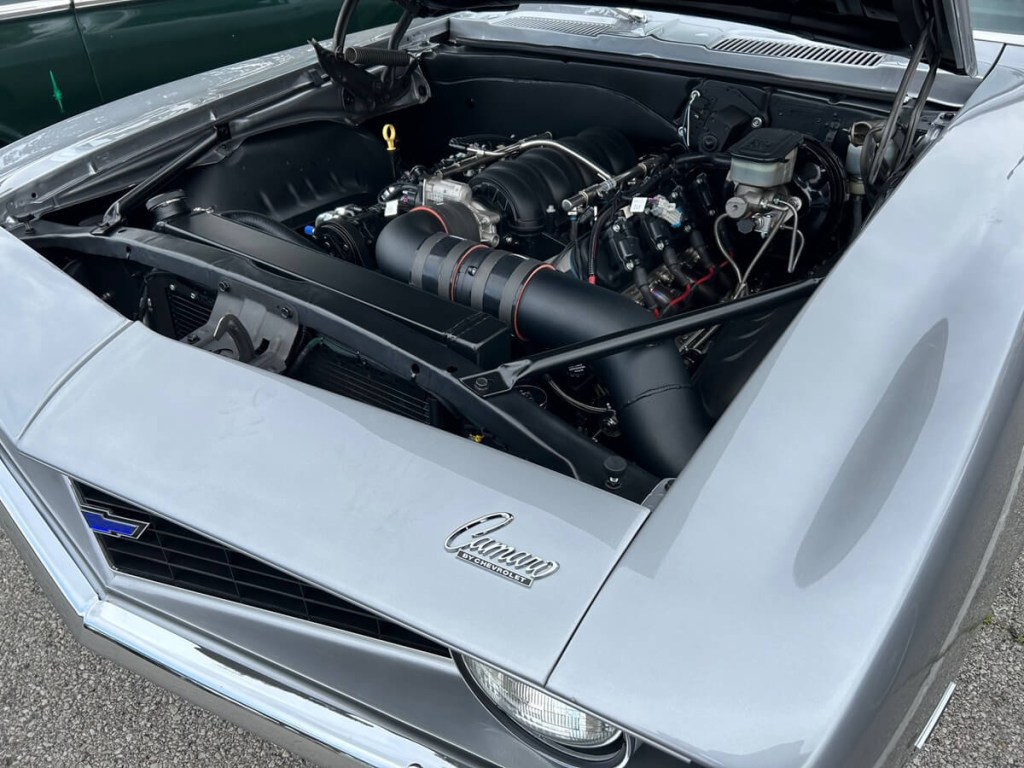
LS Swap or Engine Build? Which Project Is Better for You?
In this article:
So, you want to build a street-stomping muscle car, hot rod, or fun driver? No problem; many options exist for streetable power in a modern or classic car, including building an engine or swapping a motor. Which one will work for your next build, an engine build or something akin to a perennially popular LS swap?
Can I build an engine on my own?
Building an engine on your own takes less space than you might think. You can rebuild the top end of an engine without removing the entire mill. Of course, the easiest way to build an engine is on an engine stand. A stand holds an engine block up off the ground and often rotates for easy access.
Better yet, working on an engine is quite accessible with classic cars, given the simplicity of many older applications. Many builders will leave an engine in a classic vehicle, like a 1965 Ford Mustang with a 289 cubic-inch small-block Ford (SBF) V8. Meanwhile, they’ll build a replacement engine on a stand, like a 302 cubic-inch SBF. After builders are finished, they’ll drop it in with an engine hoist. Better yet, budget-minded builders can find hoists and stands for under $500, depending on the make and capacity.
Is it cheaper to build or buy an engine?
It’s typically cheaper to build or rebuild an existing engine than to buy a new one. For instance, fans who go the LS swap route can rebuild an LS1 from a donor Chevrolet Corvette C5 Base or LQ4 from a Chevrolet Silverado for a fraction of the cost of a new LS engine.
However, depending on the application, the most affordable way to get LS power and reliability into your build is to pull a complete engine out of a running donor car or buy a rebuilt unit. A cursory look at Facebook Marketplace or eBay will reveal a myriad of sub-$3,000 LS1s and iron-block LQ4s for under $1,800. On the other hand, rebuilding an engine could cost between $2,000 and $4,000, depending on the mill.
How hard is a DIY engine swap?

Installing a new engine, like an LS swap, has the potential to be relatively straightforward or a nightmarish headache. In the case of a classic GM car, an LS engine swap could involve components in a convenient kit, like new headers, an oil pan, and an out-of-the-box wiring harness.
However, swapping an engine that doesn’t match a vehicle’s original factory application could be a money-sucking quagmire. For instance, Icon’s custom 1971 Mercedes-Benz 300SEL packs a supercharged LS9 instead of the 300SEL’s original 6.3L V8. A project like that requires fabrication, modification, and extensive electrical work to make the vehicle’s factory gauges work with the new-age mill.
Are engine swaps worth it?

Suppose you want to modernize a classic car with electronic fuel injection and drama-free tech. In that case, a well-executed engine swap might be better than building a custom small block or other application.
Moreover, enthusiasts who want a tire-scorching drift car can stuff an LS swap into a lightweight, RWD Japanese recipient like a Nissan 350Z. However, fans who want to preserve the authenticity of a classic might want to avoid a swap or extensive build in favor of a numbers-matching ride.
What do you think? LS swap the world? Or rebuild and keep it classic? Share your thoughts in the comments below! Keep up with MotorBiscuit for the latest custom car content!



